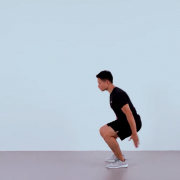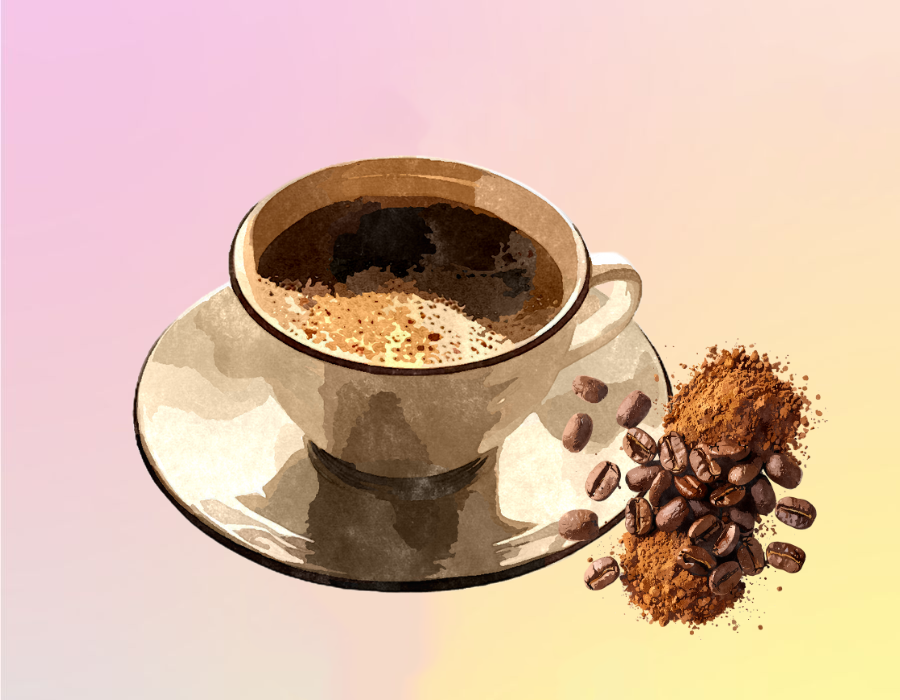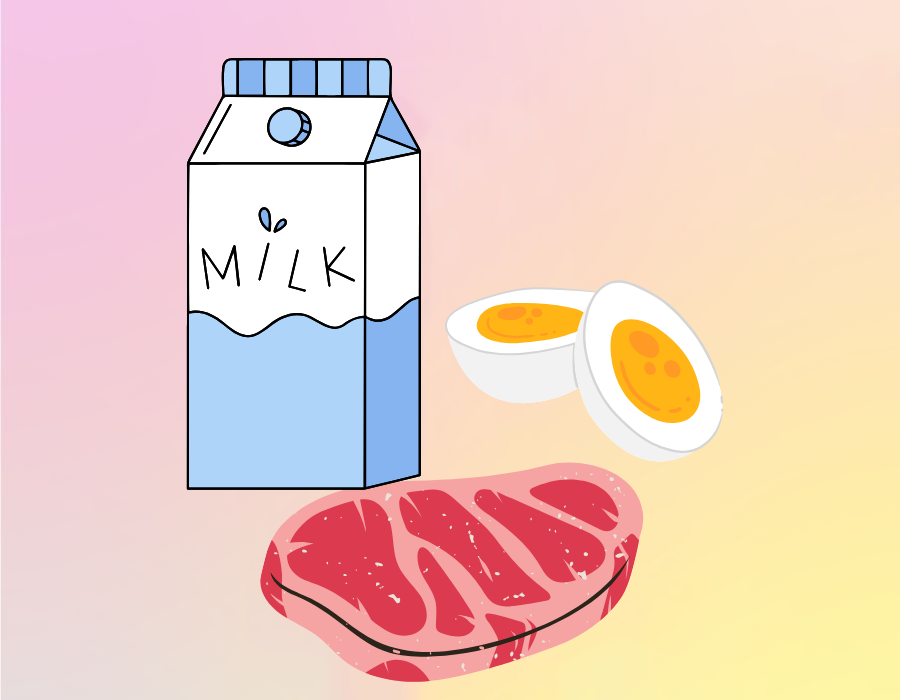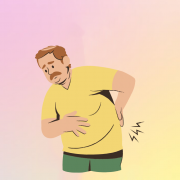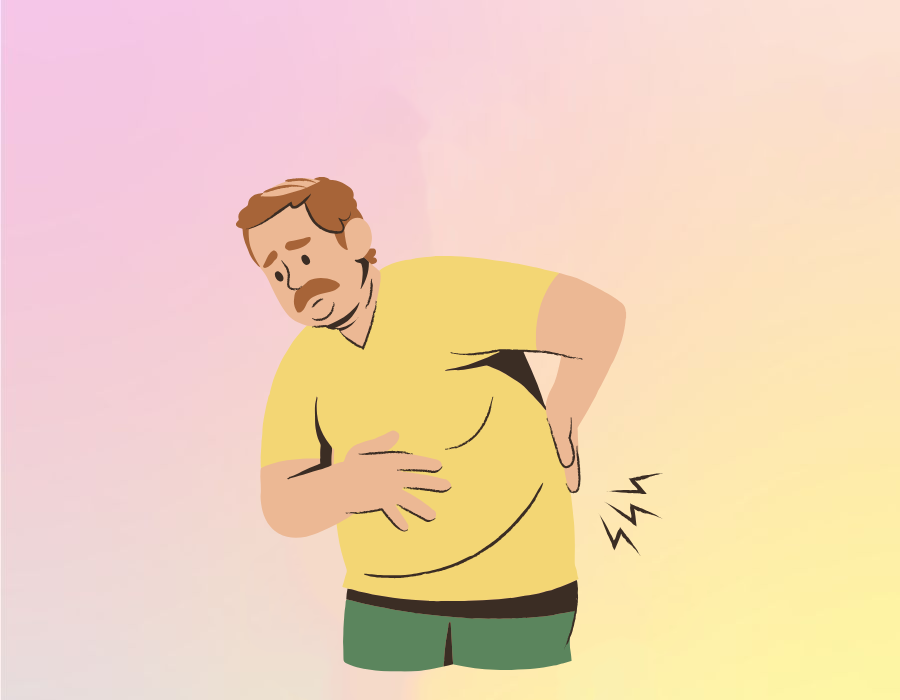Warm up thoroughly before the standing long jump to fully relax your body!
If you have any queries or suggestions, please feel free to reach out via email to info@harisonfitness.com. We will do everything in our capacity to ensure that you love your experience with us.
Do your legs always ache after every standing long jump? Actually, all you need is a proper warm-up before jumping! Learn how to fully relax your body and achieve better results!
01 Quick Warm-Up Trilogy
(1) Enhance Stability. Stand firmly in place, lift your heels off the ground using your toes, and rise as high as possible onto your toes. Hold the highest position for at least 3 seconds, lower your toes until your soles are parallel to the ground, then lift your heels again. Repeat this sequence twice, completing 10 sets.
(2) Simple vertical jump practice. Before attempting the standing long jump, perform this basic vertical jump exercise: Stand with feet shoulder-width apart, knees slightly bent. Raise your arms overhead and swing them upward. Jump upward with maximum force. Ensure a soft landing with minimal impact—aim to land silently. This helps control jumping power. Perform 2 jumps per set, completing 10 sets total. Rest 1-2 minutes between sets.
(3) Continuous Long Jump Practice. Key points: Swing arms forward during takeoff and maintain forward momentum throughout the jump. Distance is less important than continuous forward movement. Fully extend your body during each jump to avoid stiffness, which helps relax all muscles. Land with the lightest possible impact, aiming for near-silent contact. Perform 10 consecutive jumps per set, completing 10 sets total with a 1-minute rest between sets. Avoid excessive force, as this can deplete energy reserves and negatively impact standing long jump performance.
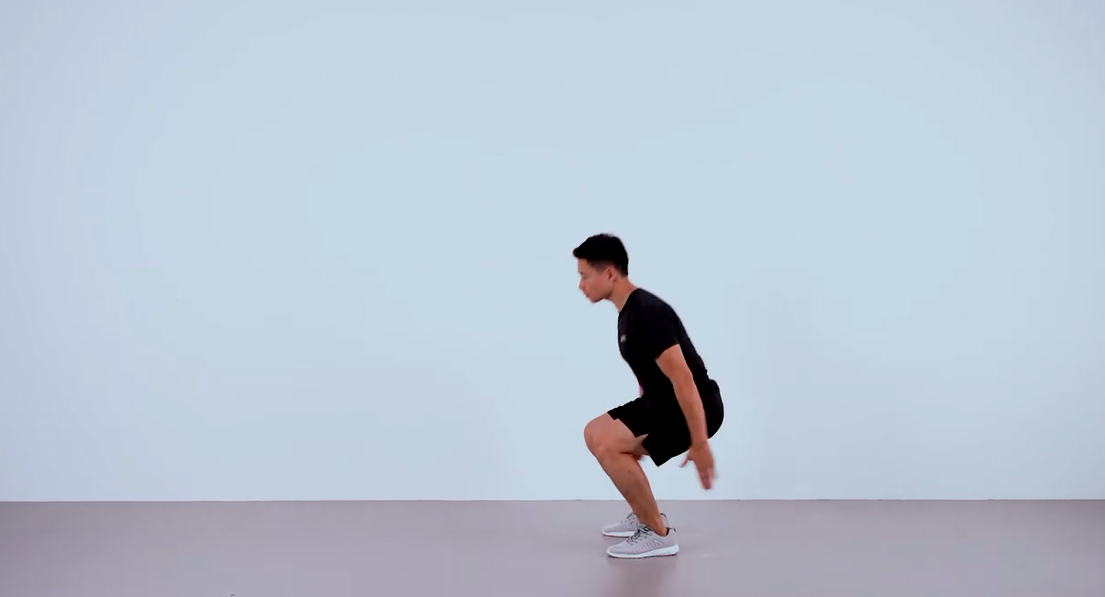
02 System: Relax the Entire Body
(1) Upper Body Relaxation Exercises. First, turn your head once to the left and once to the right. Place both arms behind your head, bending one arm while the other hand holds the elbow. Next, place both hands across your chest, extending one arm straight while curling the other arm into the crook of your elbow. Then, extend both arms straight overhead. As you bend forward, use one hand to support your thigh while bending the other arm upward toward the highest point above your head.
(2) Waist Relaxation Exercises. Stand with feet together, interlock fingers above head, cross legs, and bend waist 30 degrees. Bend waist left and right 3 times each, then return upright. Place hands on waist and rotate body 180 degrees left and right. Place hands on knees, assume half-squat position, and rotate hips 360 degrees with knees. Return to standing position, place hands on waist, and assume a horse stance. Keep one leg stationary while gradually straightening the other leg, shifting body weight downward to apply pressure to the inner thigh. To relax the calves, find a wall. Place both hands flat against the wall with arms straight. Bend one leg so the knee and toes touch the wall, extending the other leg straight backward.
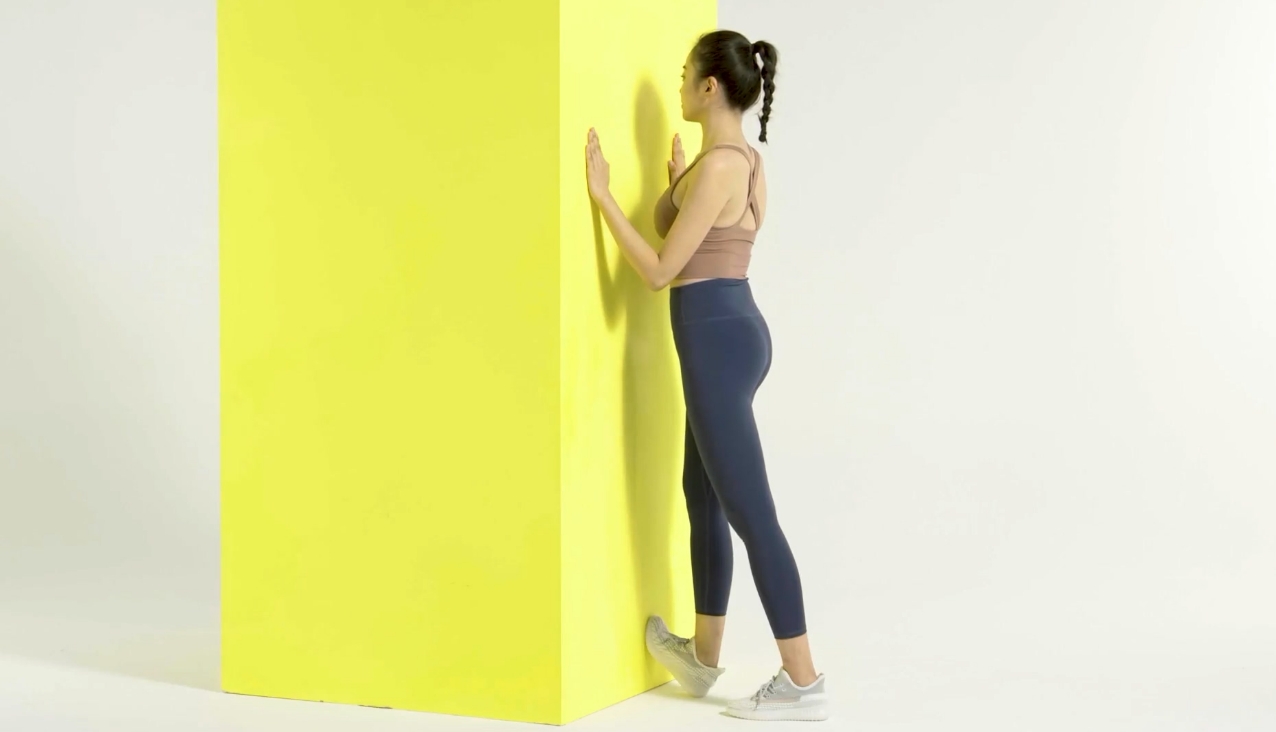
03 Be fully prepared
(1) Clothing preparation. During warm-ups, remember to wear long sleeves and pants to retain body heat. Ensure your shoes have good traction.
(2) Ligament stretching. Proper stretching helps maximize body extension during jumps. Bend your waist as far as possible while standing upright with legs together, pressing your palms firmly toward the ground. After stretching, perform several on-the-spot jumps to fully activate your body.
(3) Jumping assistance. Before jumping, remove your long sleeves and pants. This stimulates your muscles, energizing them to enhance your standing long jump performance.
